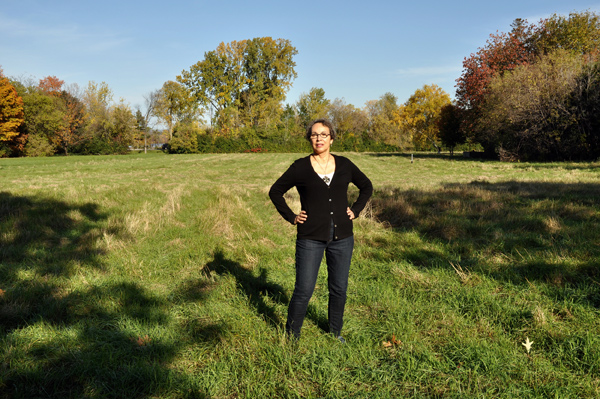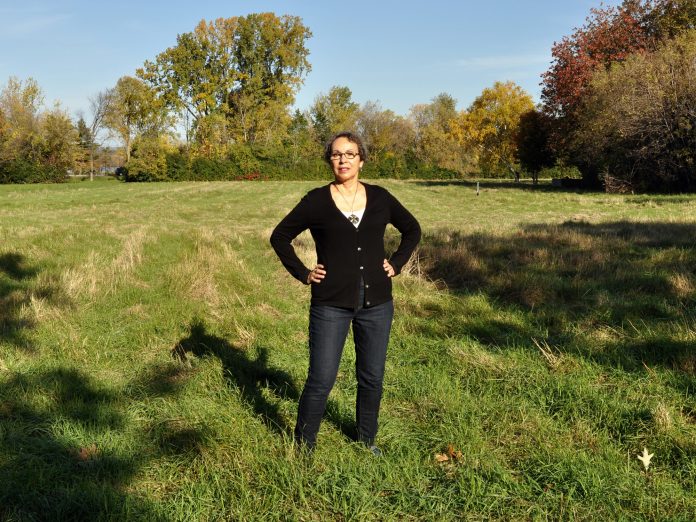Re: Rochester Field open house draws concerns from residents (Oct. 12 edition of Kitchissippi Times)
The people quoted in your article seem unanimous in their view that Rochester Field needs to remain a field—a green and open space with trees, grass, shrubs, birds, people, and dogs.

On the day I read your article, I also noticed a report from CBC’s website describing the findings of a new study by the University of New Brunswick. Researchers found that in urban areas the human life span (they call it the reduced risk of early death), increases when people live on streets that have trees and other greenery. Researchers followed 1.3 million urban dwellers in Canada’s 30 biggest cities for 11 years starting in 2001.
“While previous studies have shown that exposure to green space and parks can improve mental health and in some cases physical health, the researchers say this is the first big study to show a clear link between green surroundings and a lower risk of premature death,” says the CBC report.
The green spaces don’t have to be actual parks in order to provide health benefits. Seeing a tree outside your kitchen window or having hedges around a property count, because they provide day-to-day encounters with nature.
The desire to keep Rochester Field a field is linked, in my mind, to a larger desire for green growth in our neighbourhoods. Infill development in Kitchissippi Ward has too many negative and familiar hallmarks:
- The lot is clear-cut before excavation begins
- A new house or a double takes up most of the property and towers over other nearby homes; this often damages or destroys hedges and trees on municipal land or neighbouring properties
- Large trees destroyed to accommodate a massive building footprint are replaced with bushes, rock gardens or artificial turf; front yards become pavement.
I’ve been tracking the loss of greenery in this ward since 2010. Now that research tells us city dwellers live longer thanks to the living trees, hedges and grasses around us, I’ve come to a startling conclusion: Infill development is killing us.
To save our lives, we must demand a moratorium on infill development in Kitchissippi Ward. We have done more than our share to fill the city’s coffers with infill development property taxes.
I am calling for a two-year halt to infill in this ward while our community associations’ leaders and municipal councillor determine how to maintain the health and well being of citizens into the next decade. Let’s make this an election issue in the 2018 municipal election.
Debra Huron,
Champlain Park
